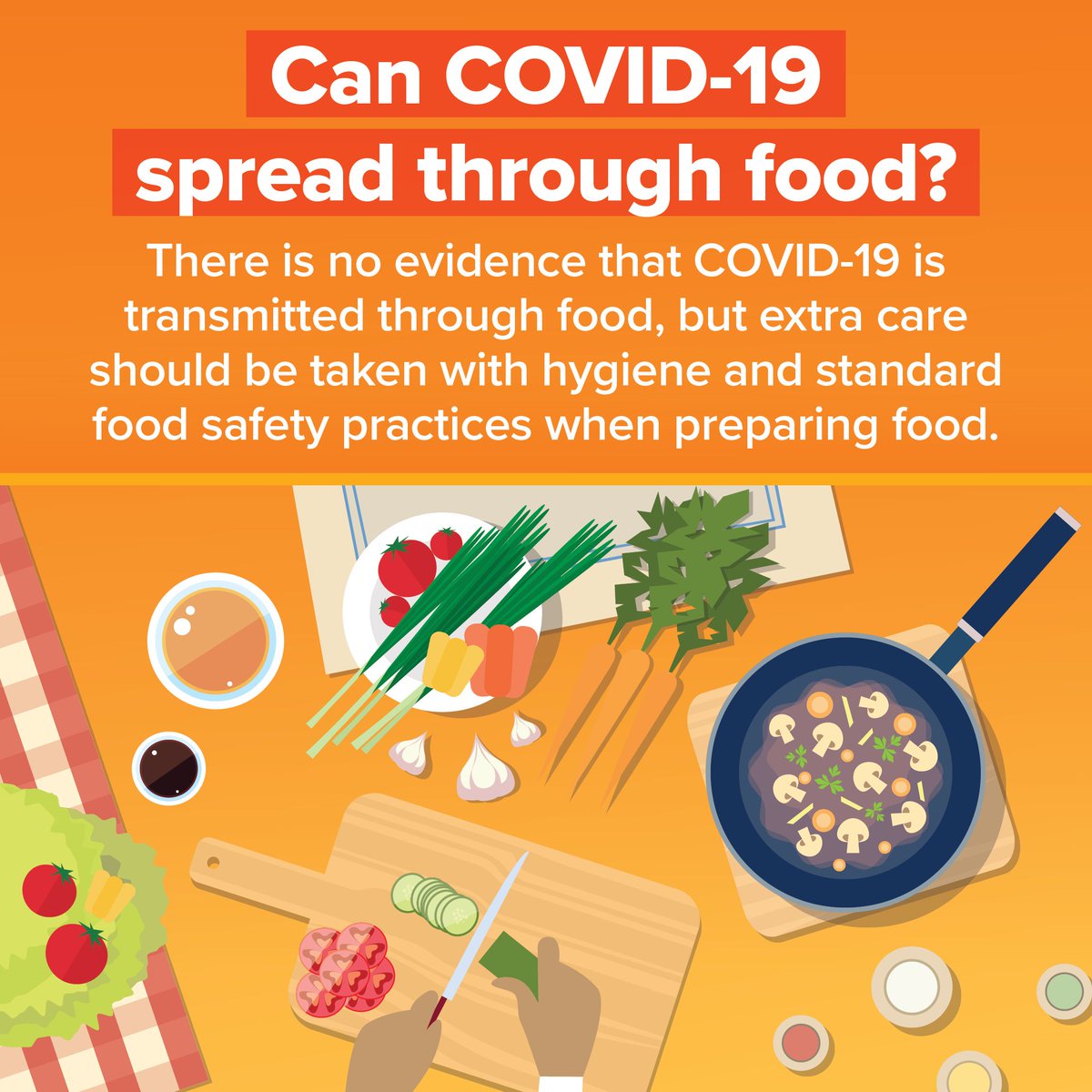The disease COVID-19 caused by the virus SARS-CoV-2 continues its stranglehold on planet Earth – killing thousands daily, infecting hundreds of thousands daily while doing untold economic and social damage the world over. This era has never seen anything like, and are unlikely to see anything like it. It is unprecedented. Despite the substantial volume of scientific, medical and public health literature on the topic, and which continues to emerge, they fact remains that the disease only became (publicly) known to the world in December 2019 and the causal agent only in January 2020. Thus, it is still very much a ‘new kid on the block’ when it comes to infectious agents, compared to Yersinia pestis, responsible for the deadliest pandemic in human history that killed between 75 and 200 million between 1346 and 1353. However, there is evidence that Y. pestis was present as early as 3000-3500 BC, with its first recorded pandemic occurring sometime between 550 and 750. Therefore, the rapid pace at which knowledge accumulation of COVID-19 and SARS-CoV-2 is occurring is unprecedented, and truly unbelievable. Despite this, there are many aspects that we don’t know, and that lack of understanding contributes, no doubt, to the continued rapid spread of this disease .
It is clear that COVID-19 is primarily a respiratory disease and that SARS-Cov-2 is primarily a respiratory virus. Indeed, this viruses name shows how closely related it is to the virus responsible for the SARS epidemic nearly 20 years ago. Despite these undeniable facts, there are a range of other symptoms and clinical presentations that have been reported (Figure 1), other than the standard fever, dry cough, headache, breathing difficulty etc. Some of these include gastrointestinal involvement (Lin et al., 2020), continuing to fuel speculation over alternative route(s) of transmission. I written two previous articles on this topic, here on this blog.

The first one, titled “COVID-19: A likely foodborne disease“, written on March 15, was a theoretical speculation into if SARS-CoV-2 could be transmitted person-to-person through food. This could orginally be from respiratory secretions, or maybe even a faecal-oral route. Considering that SARS-CoV-2 has been isolated from wastewater (Ahmed et al., 2020) and the virus has been detected in patient’s faeces up to five weeks after they become negative for SARS-CoV-2 (Wu et al., 2020) the facecal-oral route (Figure 2) is a distinct possibility.

Then on April 5, I delved into the how COVID-19 could be regarded as a gastrointestinal disease with the article titled “GastroCoronavirus“. This was due to the various reported cases where gastrointestinal symptoms appeared first (Figure 3) and were dominant (Figure 4), and in some cases, were the only symptoms.


Most recently in my blog post published on August 17 titled “The global supply chain transmission possibility of SARS-CoV-2“, I discussed how it may be possible for SARS-CoV-2 to remain viable on frozen food or it’s packaging, long enough to transmit disease on the other side of the world. This was raised as a possibility of how COVID-19 cases flared up again in New Zealand – the virus remained active on frozen food or its packaging while being shipped from Melbourne (the current epicentre of COVID-19 in Oceania) to Auckland.
What sparked me to write another article on this topic area? Basically a news story yesterday titled “Weird new symptom of COVID-19“, where a healthcare worker in Brisbane suspected from their gastrointestinal symptom (abdominal pain), that they may have been infected by SARS-CoV-2. They got tested and their subscription was correct – positive! What I want to point out is that while it is clearly atypical, it is not necessarily a “weird” symptom as the media described (Figure 5) it as – it, gastrointestinal symptoms, has been described before. This of course raises speculation again whether COVID-19 is a foodborne disease, if the virus can remain active in food, packaging or environmental sources and indeed if a facial-oral transmission route does occur, as it does for many foodborne diseases.

Where does that leave us? Despite government and health authorities continuing to state that COVID-19 is not a foodborne disease (Figure 6), I believe these facts warrant a reconsideration of such a conclusive statement. The facts being:
- Some people infected with SARS-CoV-2 do develop gastrointestinal symptoms. In such people, it is not uncommon for these symptoms to be dominant and to precede respiratory symptoms.
- SARS-CoV-2 has demonstrated hardiness, remaining active on various surfaces and in various environments for prolonged periods. This includes frozen drinks.
- SARS-CoV-2 has been isolated from wastewater, suggesting that a facecal-oral route of transmission is not out of the question.
- SARS-CoV-2 has been isolated from frozen food samples imported from a country many thousands of kilometres away.

A foodborne route could be a valid transmission mechanism for SARS-CoV-2. In fact, as early as 27 March 2020, the journal Gut accepted a commentary article for publication, where the authors concluded that the evidence for common occurrence of gastrointestinal symptoms is accumulating (Ng & Tilg, 2020). The fact that relatively few reports on this exist could be because it is substantially underreported because health and government authorities do not (wish too?) recognise that COVID-19 may be a foodborne disease. This may be one factor contributing to its largely unchecked spread in some countries – people don’t recognise that foodborne transmission is possible, therefore they take few precautions in that regard and with few controls in place, virus transmission by that route continues almost unhindered. Furthermore, when people have gastrointestinal symptoms, COVID-19 is probably the last thing they would think of. What did I eat last night? a few days ago? etc., it’s rarely or never, “goodness me, I have such and such a gastrointestinal symptom, I might have COVID-19, let me get tested immediately”. This is just not something people would think. Therefore, the spread of the disease might further spread, much more easily. This would be especially so in countries with poor sanitation and hygiene, limited running water and a general lack of understanding or practices related to food safety and/or personal hygiene.
So, just be a little more careful with your own practices of food safety and personal hygiene, that episode of “gastro” just may be your first symptom of COVID-19.
References
Ahmed, W., Angel, N., Edson, J., Bibby, K., Bivins, A., O’Brien, J.W., Choi, P.M., Kitajima, M., Simpson, S.L., Li, J. and Tscharke, B., 2020. First confirmed detection of SARS-CoV-2 in untreated wastewater in Australia: A proof of concept for the wastewater surveillance of COVID-19 in the community. Science of The Total Environment, DOI: doi.org/10.1016/j.scitotenv.2020.138764
Lin, L., Jiang, X., Zhang, Z., Huang, S., Zhang, Z., Fang, Z., Gu, Z., Gao, L., Shi, H., Mai, L. and Liu, Y., 2020. Gastrointestinal symptoms of 95 cases with SARS-CoV-2 infection. Gut, 69(6), 997-1001.
Ng, S. C., & Tilg, H. (2020). COVID-19 and the gastrointestinal tract: more than meets the eye. Gut, 69(6), 973-974.
Wu, Y., Guo, C., Tang, L., Hong, Z., Zhou, J., Dong, X., Yin, H., Xiao, Q., Tang, Y., Qu, X. and Kuang, L. (2020). Prolonged presence of SARS-CoV-2 viral RNA in faecal samples. The Lancet Gastroenterology & Hepatology, 5(5), 434-435.

